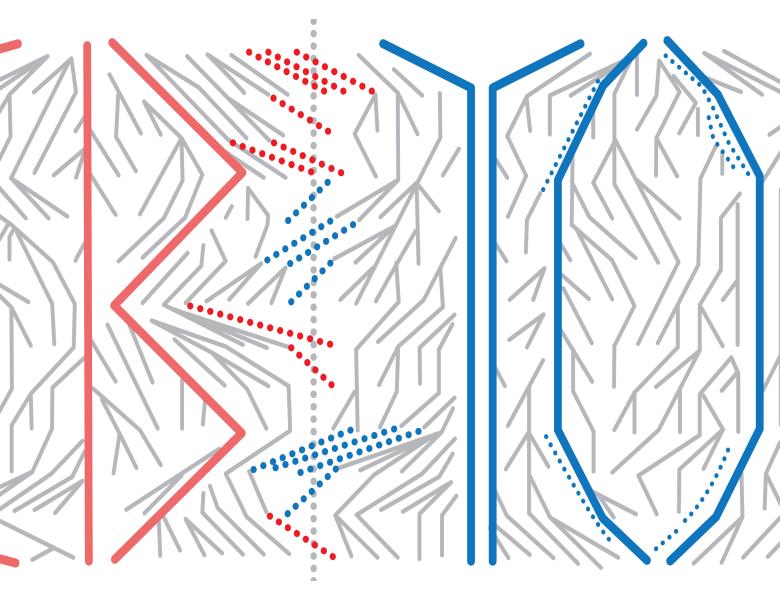
Abstract
The genetic process of mutation accumulation hold particular interest for demographers, as it provides a plausible mechanism through which regularities across species in age-specific schedules of demographic rates might be explained. In Evans, Steinsaltz, and Wachter (2013) (AMS Memoir 222) a non-linear model for mutation accumulation with demographic structure was developed, in which recombination is assumed to operate on a more rapid timescale than mutation and selection, leading to a deterministic dynamic system within an infinite population context. In this talk, I discuss efforts to relate assumptions and predictions from this model to statistical summaries that can be obtained from genomic sequencing studies. I explore possible connections between the deterministic dynamical system and certain mean values calculated from finite-population Wright-Fisher models incorporating drift. A key role in empirical calibration is played by a generalization of Haldane's Principle which relates total mutation rates to a function of total loss in fitness.


